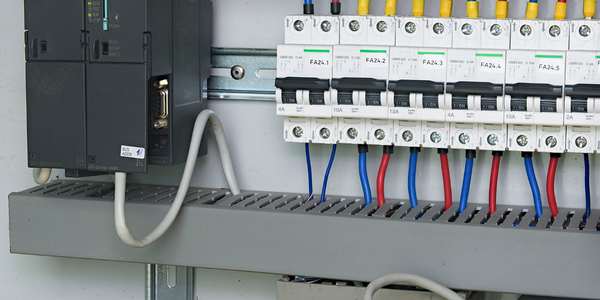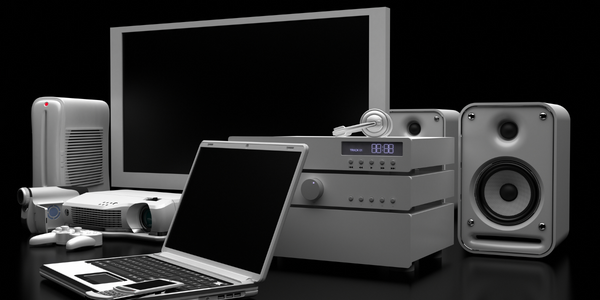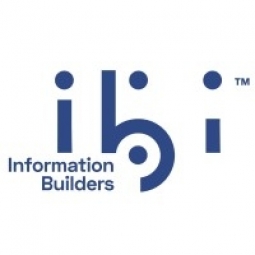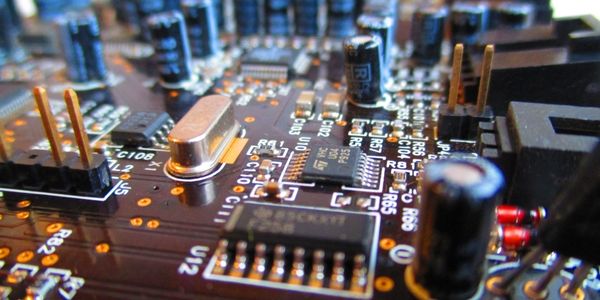Customer Company Size
Large Corporate
Region
- Asia
Country
- Japan
Product
- WebFOCUS
Tech Stack
- Business Intelligence
- Real-time Reporting
Implementation Scale
- Enterprise-wide Deployment
Impact Metrics
- Cost Savings
- Productivity Improvements
Technology Category
- Analytics & Modeling - Real Time Analytics
Applicable Industries
- Electronics
Applicable Functions
- Business Operation
Use Cases
- Real-Time Location System (RTLS)
Services
- Software Design & Engineering Services
About The Customer
Toshiba Personal Computer System Corporation is a wholly-owned subsidiary of Toshiba since 1999. The company provides total support of the PC environment for offices. Established in 1970 as Sord, Inc., the company began working with Toshiba in 1985. Toshiba Personal Computer System manages an extensive and varied business, and they have for a long time. That means data – a lot of data and a lot of history. Over the years, their information system became costly to operate and unstable, failing to perform up to demand, and posing security risks.
The Challenge
Toshiba Personal Computer System Corporation was facing a challenge in delivering real-time information to its management and employees due to the rapid growth of the business. Their existing information system was costly to operate, unstable, and posed security risks. The system was failing to meet the demand for real-time information, which was crucial for timely decision-making. The old system used an Access database for production, sale, and management of accounts. The system didn’t allow for late responses and limits, and only power users could utilize the data. The general user was limited to lists that someone else made. Once a download was made, the user also had to retotal everything in Excel himself. With this system, information could not be timely.
The Solution
Toshiba implemented WebFOCUS to deliver information in real time, enable timely management decisions, and ensure security. WebFOCUS met all the requirements of Toshiba including reduction of total cost of ownership, strengthening of security, shortening work time by one man day, and the vendor’s knowledge of business. The new system has been well received by the whole company. The biggest merit of the system is that it can get timely information now. The time required for gathering data has been significantly cut, greatly improving communication. Now people say ‘See the WebFOCUS screen,’ putting an end to all the past frustration. Development costs were kept low, and the whole system took about a third of the time to develop as the previous system.
Operational Impact
Quantitative Benefit

Case Study missing?
Start adding your own!
Register with your work email and create a new case study profile for your business.
Related Case Studies.

Case Study
Remote Temperature Monitoring of Perishable Goods Saves Money
RMONI was facing temperature monitoring challenges in a cold chain business. A cold chain must be established and maintained to ensure goods have been properly refrigerated during every step of the process, making temperature monitoring a critical business function. Manual registration practice can be very costly, labor intensive and prone to mistakes.

Case Study
Predictive maintenance in Schneider Electric
Schneider Electric Le Vaudreuil factory in France is recognized by the World Economic Forum as one of the world’s top nine most advanced “lighthouse” sites, applying Fourth Industrial Revolution technologies at large scale. It was experiencing machine-health and unplanned downtime issues on a critical machine within their manufacturing process. They were looking for a solution that could easily leverage existing machine data feeds, be used by machine operators without requiring complex setup or extensive training, and with a fast return on investment.

Case Study
Cloud Solution for Energy Management Platform-Schneider Electric
Schneider Electric required a cloud solution for its energy management platform to manage high computational operations, which were essential for catering to client requirements. As the business involves storage and analysis of huge amounts of data, the company also needed a convenient and scalable storage solution to facilitate operations efficiently.

Case Study
Leveraging the IoT to Gain a Competitive Edge in International Competition
Many large manufacturers in and outside Japan are competing for larger market share in the same space, expecting a growing demand for projectors in the areas of entertainment, which requires glamor and strong visual performance as well as digital signage that can attract people’s attention. “It is becoming more and more difficult to differentiate ourselves with stand-alone hardware products,” says Kazuyuki Kitagawa, Director of Service & Support at Panasonic AVC Networks. “In order for Panasonic to grow market share and overall business, it is essential for us to develop solutions that deliver significant added value.” Panasonic believes projection failure and quality deterioration should never happen. This is what and has driven them to make their projectors IoT-enabled. More specifically, Panasonic has developed a system that collects data from projectors, visualizes detailed operational statuses, and predicts issues and address them before failure occurs. Their projectors are embedded with a variety of sensors that measure power supply, voltage, video input/ output signals, intake/exhaust air temperatures, cooling fan operations, and light bulb operating time. These sensors have been used to make the projector more intelligent, automatically suspending operation when the temperature rises excessively, and automatically switching light bulbs. Although this was a great first step, Panasonic projectors were still not equipped with any capability to send the data over a network.









